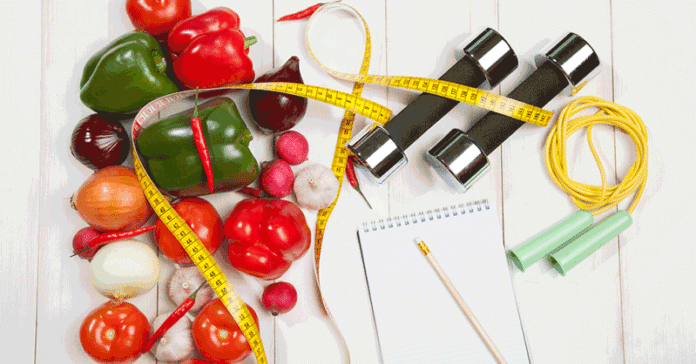Starting a health and fitness journey can feel overwhelming — especially when there’s so much conflicting advice about diets, workouts, and supplements. The good news is that you don’t need extreme routines or complicated meal plans to see results. By focusing on a balanced diet and a simple, consistent workout plan, beginners can build a strong foundation for long-term health and fitness success.
Here’s a step-by-step guide to creating a beginner-friendly plan that is realistic, sustainable, and effective.
Step 1: Define Your Goals
Before creating your plan, be clear about what you want to achieve. Goals will shape both your diet and workout approach.
Common goals include:
- Weight loss
- Muscle building
- Increasing energy and endurance
- Improving overall health
Choose one or two main objectives so your plan remains focused and achievable.
Step 2: Build a Balanced Diet
A balanced diet provides your body with the fuel it needs to function well and recover from exercise. Here’s how to get started:
Include All Macronutrients
Your meals should include the three major macronutrients:
- Protein (chicken, fish, eggs, tofu, beans) – helps build and repair muscle
- Carbohydrates (whole grains, fruits, vegetables) – provide energy for workouts
- Healthy Fats (avocado, olive oil, nuts, seeds) – support hormones and joint health
A good starting point is to fill half your plate with vegetables, a quarter with lean protein, and a quarter with complex carbs.
Eat Regularly
Skipping meals can lead to overeating later. Aim for:
- 3 balanced meals per day
- 1–2 healthy snacks if you feel hungry between meals
Stay Hydrated
Drink enough water throughout the day to keep energy levels up and support recovery. A general rule is 2–3 liters per day, more if you exercise intensely.
Limit Processed Foods
Avoid excess sugar, fried foods, and sugary drinks. Focus on whole, nutrient-dense foods that keep you full and energized.
Step 3: Plan Beginner-Friendly Workouts
As a beginner, it’s important to start slowly and build consistency rather than intensity. Here’s a sample weekly workout structure:
3 Days of Strength Training
Strength training builds muscle, supports metabolism, and improves posture. Start with bodyweight or light weights.
Beginner full-body workout example:
- Squats (3 sets of 10–12 reps)
- Push-ups (or wall push-ups if needed)
- Glute bridges
- Planks (20–30 seconds)
- Dumbbell rows or resistance band pulls
Rest 30–60 seconds between sets.
2–3 Days of Cardio
Cardio improves heart health and burns calories. Good beginner options include:
- Brisk walking
- Light jogging
- Cycling
- Swimming
Aim for 20–30 minutes per session at a moderate pace.
1–2 Days of Flexibility and Recovery
Flexibility training keeps muscles loose and prevents injury. Try:
- Stretching after workouts
- Yoga or Pilates
- Foam rolling for muscle tension relief
Rest days are equally important for allowing muscles to recover and grow.
Step 4: Track Your Progress
Tracking helps you stay motivated and make adjustments when needed. You can:
- Keep a journal of meals and workouts
- Take weekly progress photos
- Record how you feel (energy levels, mood, sleep quality)
Progress is not just about weight loss — improved strength, endurance, and confidence are equally important indicators.
Step 5: Stay Consistent and Patient
Beginners often expect instant results, but fitness is a long-term journey. Consistency is more important than perfection. Focus on small, sustainable changes instead of crash diets or extreme workouts.
Final Tips for Success
- Start small: 20 minutes of exercise is better than none.
- Meal prep: Plan and prepare healthy meals in advance to avoid last-minute unhealthy choices.
- Listen to your body: Don’t push through pain — adjust intensity if needed.
- Get support: Join a beginner-friendly fitness class or find an accountability partner.
By combining a simple, balanced diet with a realistic workout schedule, beginners can gradually improve strength, stamina, and overall well-being — without burnout or frustration.

